LZ Granderson: Where's the music that meets this moment? Black artists are stepping up
Published in Op Eds
It’s been one year since Kendrick Lamar took the Kia Forum stage in Inglewood for “The Pop Out: Ken and Friends,” the first in a series of highly publicized victory laps that have come at the expense of his deflated rival, Drake. Their rap battle began more than a decade ago, and the two heavyweights exchanged subtle lyrical jabs until the gloves came off in the winter of 2023. By the following spring, they were exchanging a flurry of scathing diss tracks, each diving deeper into the other’s personal life.
The fight was competitive until K-Dot landed the haymaker.
It wasn’t the chart performance of “Not Like Us” that declared Lamar the winner.
No recording artist has more Billboard Hot 100 entries than Drake. In fact, he has more appearances on the chart than Michael Jackson, Elvis and the Beatles combined. When it comes to talent and commercial success, Drake is unquestionably among the greats.
The reason Lamar was able to knock him out was because Drake’s authenticity couldn’t take a punch. That’s not just my score card. That’s what the culture was feeling.
Lamar performed “Not Like Us” five times during that Juneteenth show last year and dropped the accompanying music video on the Fourth of July. By the time Vice President Kamala Harris was playing it at her first rally as the presumptive Democratic nominee in Atlanta, every sporting event in America was playing that song. Yes, the “A-minor” double entendre was catchy, and it is always good to have Mustard on the beat.
But what elevates “Us” is the same thing that grounds the artist who wrote it — an unapologetic defense of the culture and the people from which the art originates. As the saying goes: “Everybody wants to sing our blues. Nobody wants to live our blues.” For Lamar, the decadelong rap battle stems from his lifelong disdain for gangster cosplay and the vacuous monetizing of Black culture. As the diss tracks between the two progressed, it was clear Drake was still trying to win a rap battle — while Lamar was inspiring a conversation beyond their beef, rap music and even the entertainment industry.
At the heart of Lamar’s surgical evisceration of Drake’s brand of artistry is a question all creatives must ask of themselves at some point: What am I doing this for?
Few inflection moments in American history have shaped our society quite like the convergence of war, technological advancement, old-fashioned prejudice and artistic expression during the summer of 1969. From the Apollo moon landing and Woodstock to the Stonewall riots and the Harlem Cultural Festival, there wasn’t a disciple or demographic that was not directly affected over that stretch.
It was during the summer of 1969 when the great Nina Simone gave a concert on the campus of Morehouse College in Atlanta after the school’s most famous alumnus — the Rev. Martin Luther King Jr. — had been assassinated the year before. Simone joined other artists there to offer the students encouragement. That summer she also debuted the song “To Be Young, Gifted and Black” and performed it during the Harlem Cultural Festival. Her contemporaries Donny Hathaway and Aretha Franklin soon recorded their own versions of the song — not because of its chart success, but because of its purpose.
“An artist’s duty, as far as I’m concerned, is to reflect the times,” Simone said after her Morehouse performance. “How can you be an artist and not reflect the times? That to me is the definition of an artist.”
Indeed, after Bob Dylan asked “how many years can some people exist before they’re allowed to be free?” in his 1962 protest song, “Blowin’ in the Wind,” Sam Cooke was inspired to declare “it’s been a long time coming, but I know change is gonna come” in 1963.
The 16th Street Baptist Church bombing in Birmingham pushed Simone to write her first protest song in 1964: “Mississippi Goddam.” By the summer of 1969, she was known as much for her work in the civil rights movement as for her music. Simone still wrote songs about love, heartache, those sorts of things. However, the reason her legacy still looms large today (the Irish singer Hozier named his third EP after her in 2018) is that Simone was also willing to use her art to reflect the times.
Not sure if you’ve looked around the country recently, but the times we live in are a-changing.
And just as was the case in the summer of 1969, the summer of 2025 finds the U.S. at a convergence of war (Ukraine-Russia/Israel-Gaza-Iran) and technological advancement (especially artificial intelligence) and old-fashioned prejudice (indiscriminate ICE raids). However, in this updated version of America, the White House has taken over the Kennedy Center, has cut off National Endowment for the Arts grants, has threatened the broadcast licenses of news networks and is holding a guillotine over Big Bird’s head.
Because of President Donald Trump’s unprecedented hostility toward long-standing cultural and academic institutions, there is a question of how far tech and media executives will allow today’s artists to reflect the times we’re living in.
“I think it’s hard today to get a feel for the totality of what people are feeling because there’s so much out there to consume,” documentarian and author Nelson George told me. “The Chuck D who’s 25, right now, I don’t hear him. The Tracy Chapman of this era. Do we really not have voices that are saying something or are we not getting access to those people? All those songs from other moments in history, I’m surprised there hasn’t been an anthem for this time yet.”
Comedian Roy Wood Jr. said he feels that in his line of work, “resistance humor or educating humor” works best in television because “TV is a reflection of who we are, where I feel like movies are what we wish we could be or were.”
The host of CNN’s “Have I Got News for You” also said because of the political climate we’re in, instead of challenging us to learn or grow as a culture, TV executives are “canceling a lot of the shows that really focused on serious societal issues because there’s a pushback against those types of topics.”
Big Sean, whose 2013 project with Lamar is pegged as the starting point of the Drake beef, said there was significance to Lamar’s “pop out” appearing on Juneteenth, the federal holiday marking the end of slavery in the U.S.
“I feel like being Black is awesome.… We worked as a people to get there, to feel like that,” he told me. “That’s why I’m so thankful for the people that said I’m Black and I’m proud.”
And that James Brown vibe is the type of art Big Sean said he is currently working on, the kind that uplifts and gives listeners hope.
Lamar’s Juneteenth show was livestreamed on Prime and became Amazon Music’s most-watched production. For Ben Watkins, creator of the Prime TV series “Cross,” the success of Lamar’s performance — along with his Super Bowl show and current tour with SZA — is proof there is a hunger for authentic Black artistic expression in this current political environment.
As he was putting together the TV show, Watkins said, he told everyone involved: “I’m going to do a Black man with swagger, I’m going to show D.C. to its fullest and I’m going to honestly talk about some of the controversies and contradictions of a Black cop.” The reaction? “That sounds great to us.”
“Cross” premiered the week after the 2024 election and for 100 days it was among Prime Video’s top 10 most-watched series.
Grammy winner Ledisi said she wasn’t planning on writing a political anthem when she began composing “BLKWMN” for her latest album. However, her tribute to the resolve of Black women was embraced as an anthem after its release in February.
“I wasn’t thinking of any of that, just creating,” she told me. “When you’re truly creating … you just have an intention of releasing whatever that feeling is. I’m glad it resonated with the times.”
Even before the song took off, Ledisi unexpectedly found herself in the middle of social media attacks for daring to sing the National Black Anthem at this year’s Super Bowl. That’s why when she sang a couple of lines from one of Lamar’s anthems during a recent tour stop in Chicago, I couldn’t help but feel it was more a word of encouragement for herself and the predominantly Black audience than it was a nod to a commercially successful track. That week Trump announced plans to resurrect names from the Confederacy on public land. Just hours before Ledisi took the stage, “No Kings” protesters came marching by, followed closely by local police.
Their chants echoed loudly throughout the North Loop, their passion forcing those shopping and dining near the river to take notice. The concrete walls and thick glass designed to rebuke Chicago’s winter could not keep out the cries of the people. Later that night Ledisi, whose Nina Simone tribute album was nominated for a Grammy in 2021, looked up in the balcony, smiled — and visibly exhaled.
“We gon’ be all right,” she sang to a full Chicago Theatre house. “We gon’ be all right.”
Few inflection moments in American history have shaped our society quite like the convergence of war, technological advancement and old-fashioned prejudice during the summer of 1865.
The second round of the Industrial Revolution was on the horizon, the Confederacy was on its last legs, and the first Juneteenth celebration was born. However, while the Civil War was all over, racism managed to emerge from the wreckage unscathed. In fact, a Confederate journalist by the name of Edward A. Pollard began working on a revisionist history book that painted the South as noble and slavery as unimportant to their way of life. Pollard’s piece of fake news, “The Lost Cause: A New Southern History of the War of the Confederates,” was completed before President Andrew Johnson had even declared the war officially over.
And to this day there are elected officials from former Confederate states who repeat untruths about the war that originated from Pollard, an enslaver. Today there are state holidays in honor of men who fought against this country because for some white people it still feels better to believe Pollard’s lies about the Confederacy than to accept the truth about America.
Historically this is where creatives have come in, using artistic expression to fill in the gaps in our understanding of one another. Sometimes the art is profitable. A few times it hits No. 1 on the New York Times Bestseller list or Billboard chart. More often than not, it is underappreciated. However, art that reflects an authentic lived experience is always necessary. It is both the spark that can ignite a fire and the coolant that prevents us all from overheating. Over the last century, each time it seems the world was falling apart — be it war, famine or disease — it was always the artists who kept us laughing, hoping and believing.
A year ago, on Juneteenth, Kendrick Lamar took the Forum stage for what was initially viewed as a victory celebration. And it was … though he didn’t do it for himself. KDot did it for “Us.”
_____
_____
©2025 Los Angeles Times. Visit at latimes.com. Distributed by Tribune Content Agency, LLC.
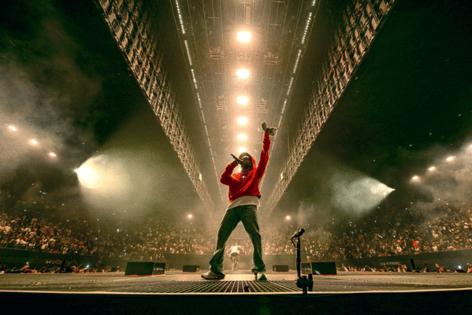

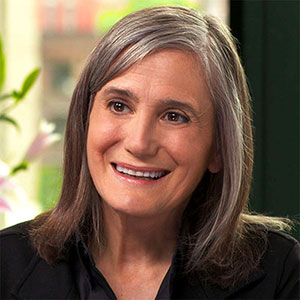
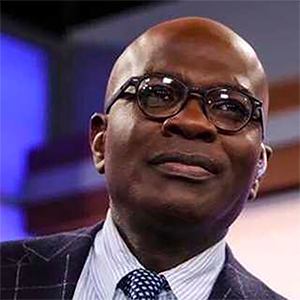



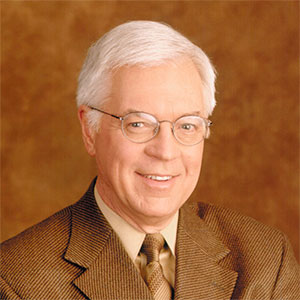



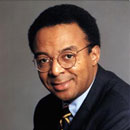






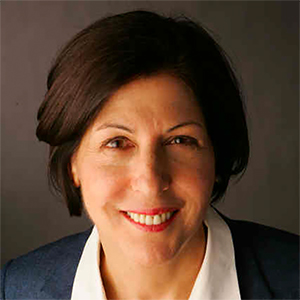





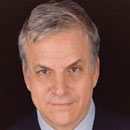
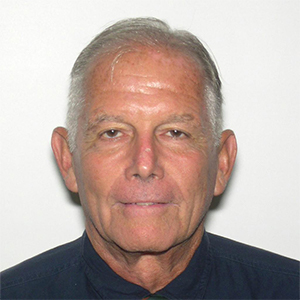

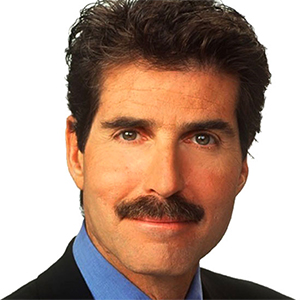
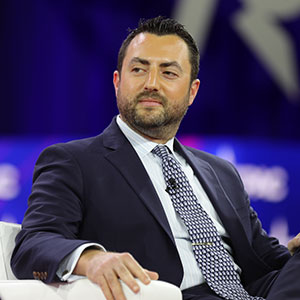
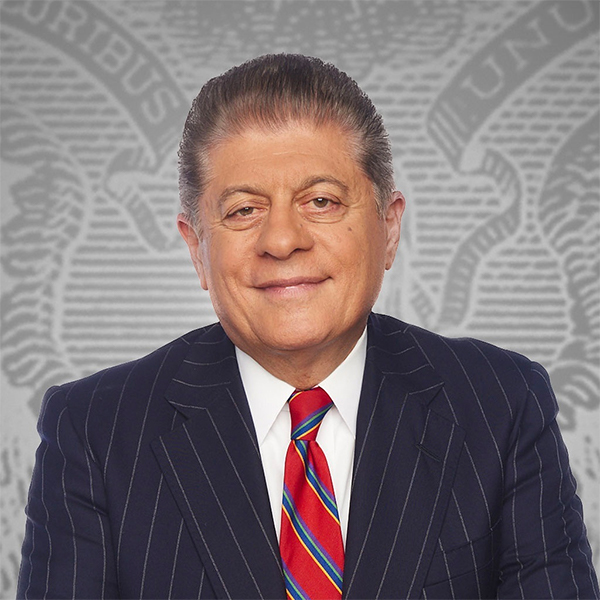


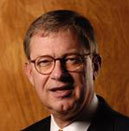








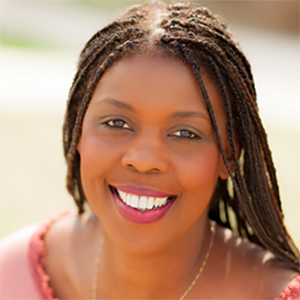








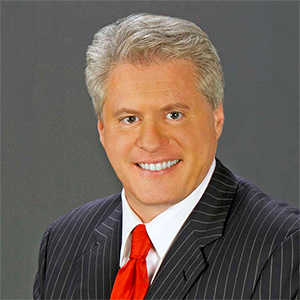
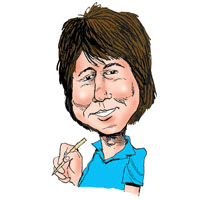
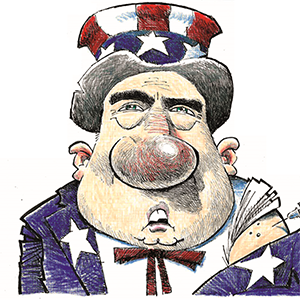




Comments